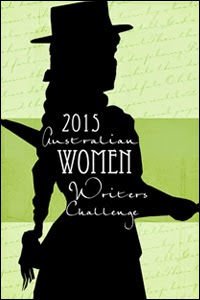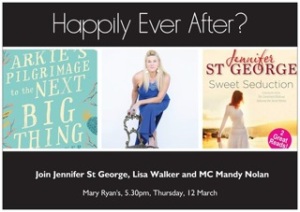 ‘His Other House’ is Sarah Armstrong’s second book, coming ten years after her Miles Franklin shortlisted debut novel, ‘Salt Rain.’ Both books are set in the Northern Rivers Region and the lush environment is an intrinsic part of the story.
‘His Other House’ is Sarah Armstrong’s second book, coming ten years after her Miles Franklin shortlisted debut novel, ‘Salt Rain.’ Both books are set in the Northern Rivers Region and the lush environment is an intrinsic part of the story.
‘His Other House’ is a tense domestic drama focusing on a love triangle of sorts. The book was inspired, Armstrong says, by a news story she read about a man who lived a double life with two wives and two families for many years.
Quinn is a doctor whose marriage is pushed to its limits by efforts to have a much longed-for child. A succession of IVF rounds and miscarriages leave him drained and needing a break, but his wife Marianna wants to press on with another attempt. She can’t see how her life will ever be complete without a child.
While Quinn lives in Brisbane he is doing a stint as a visiting doctor in Corimbi, a town much like Mullumbimby. Here he meets Rachel, a disillusioned journalist taking a break from her job. A night-time swim in the town pool leads to an unplanned kiss and soon Quinn and Rachel are involved in a passionate affair.
Quinn’s intention to leave Marianna is tested when she unexpectedly falls naturally pregnant. It is at this stage that the tension ratchets up. Quinn decides to keep his relationship with Rachel a secret, a decision which involves him in a web of lies. ‘He was dismayed how readily he took to lying. He’d always thought of it as a decisive abandonment of the truth. Instead, he realised, it was simply a matter of one word slipping into the place of another.’ While it would be easy to judge Quinn, by now we know him so well that we can only empathise, even if we suspect that it’s going to end badly.
The time this novel has taken to come to fruition shows in its insight and many delightful turns of phrase. As in ‘Salt Rain’ Sarah’s writing is evocative and striking. While all the characters are believable and finely drawn, it is the children who linger most strongly in my memory. ‘His Other House’ is both a page-turner and a powerful story of morality within relationships.
This review originally appeared in the Northern Rivers Echo.
This is my first review of 2015 for the Australian Women Writers Challenge. Better late than never!




